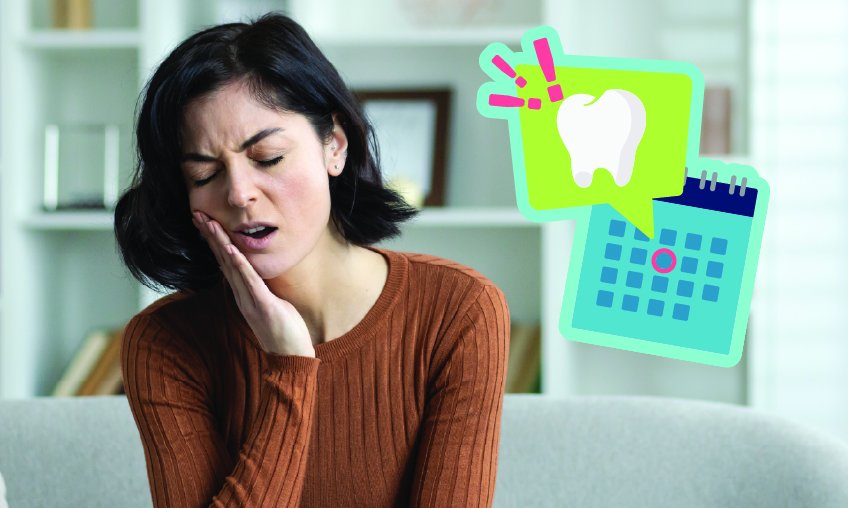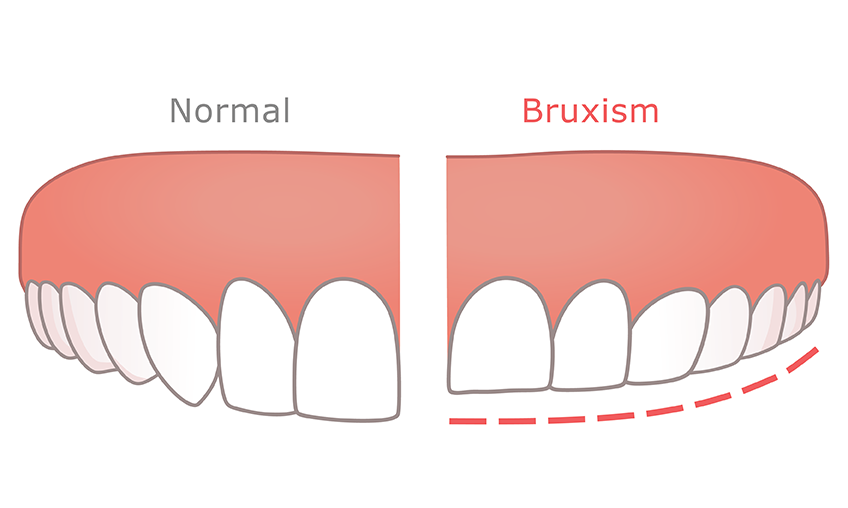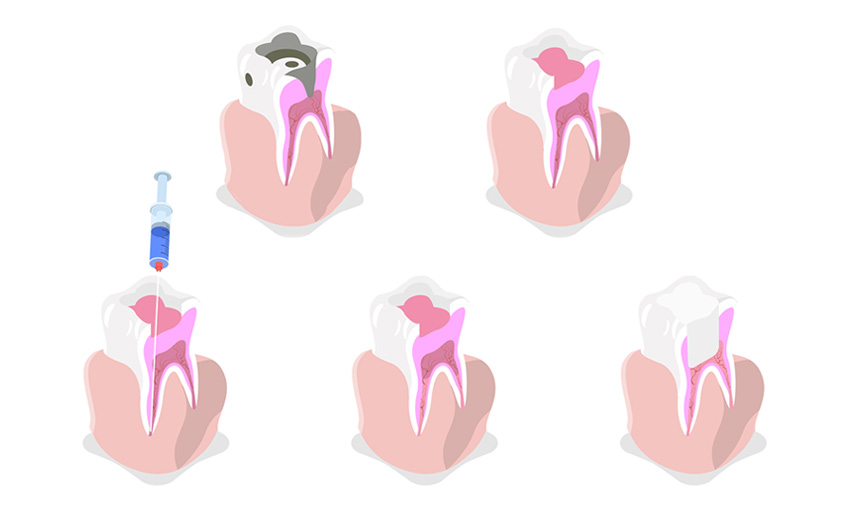Using dental floss once a day helps to keep your mouth clean and your breath fresh. Brushing is important, but it doesn’t do the whole job of keeping your teeth clean.
Your toothbrush can’t reach everywhere, so bits of food can remain stuck even after brushing. That is where flossing makes the difference.
Dental floss removes tiny bits of food left between your teeth. It also helps to get rid of plaque. Plaque is a film of bacteria that sticks to teeth. Cleaning it away helps to prevent tooth decay and gum problems.
If you haven’t used floss for a while, your gums might bleed when you start again. That should stop after a few days. But if it doesn’t, call your dentist.
It’s never too late to start flossing. Even if you never have flossed before, you can start today.
When and How to Floss
Flossing once a day is enough, according to the American Dental Association (ADA). It doesn’t matter if you floss before or after you brush your teeth.
Here is the ADA’s advice for using dental floss:
- Use about 18 inches of floss. Wrap most of it around the middle finger of one hand. Wind the remaining floss around the same finger of the opposite hand. This finger will take up the floss as you move along.
- Hold the floss stretched tight between your thumb and first finger.
- Guide the floss between your teeth with a gentle, rubbing motion. Never snap the floss into the gums.
- When the floss reaches the gum line, curve it into a C shape against one tooth. Gently slide it into the space between the gum and the tooth.
- Hold the floss tightly against the tooth, slightly away from the gums. Gently rub the side of the tooth with an up-and-down motion, following the shape of the tooth. Repeat this method on the rest of your teeth, top and bottom. Don’t forget the back side of your last teeth (at the very back of your mouth.)
 Preventistry Pulse Image
Preventistry Pulse Image
PREVENTISTRY PULSE
The newsletter designed for anyone who wants to improve oral health for themselves, their families, customers or communities.




